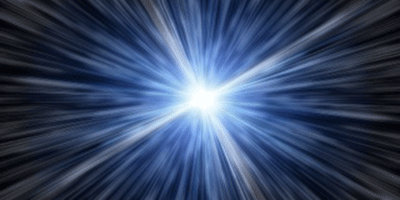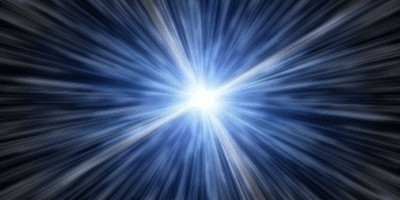Cosmology Near and Far
Astronomers have measured the Hubble parameter, the rate at which the Universe expands, with observations that are both local (redshifts of nearby objects) and global (the cosmic microwave background). For a long time, they have known that these two groups of measurements differ, a discrepancy that has not been completely explained and that was in fact recently confirmed to be about by observations from the Planck satellite. In a theoretical analysis published in Physical Review Letters, Valerio Marra at Heidelberg University, Germany, and colleagues, can account for some of this apparent deficit, but the remaining differences, if confirmed, might point to physics beyond the standard model of cosmology.
The Heidelberg group’s calculations show that part of the discrepancy between local and global expansion could be a result of cosmic variance of the Hubble parameter—the notion that different bits of the Universe sit in different gravitational fields and so our local Hubble parameter might differ from the global average value. Since the 1990s, cosmologists have tossed around the idea of a local “Hubble bubble” with less matter in it than compared to the global average. Marra et al. consider different scenarios and conclude that cosmic variance could, at most, explain about a quarter of the discrepancy between global and local Hubble values for a bubble that is expected in standard cosmology. The whole discrepancy can be explained in this way only if the bubble were a type that should occur extremely rarely in the Universe. Therefore, something else must be going on besides standard-sized bubbles, perhaps even new physics, such as the presence of inhomogeneities not predicted by standard cosmology or an exotic form of dark energy. – David Voss





